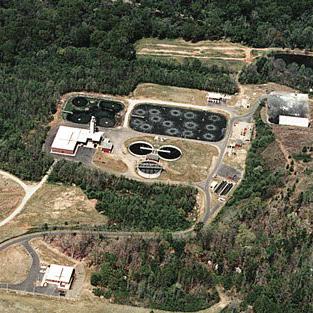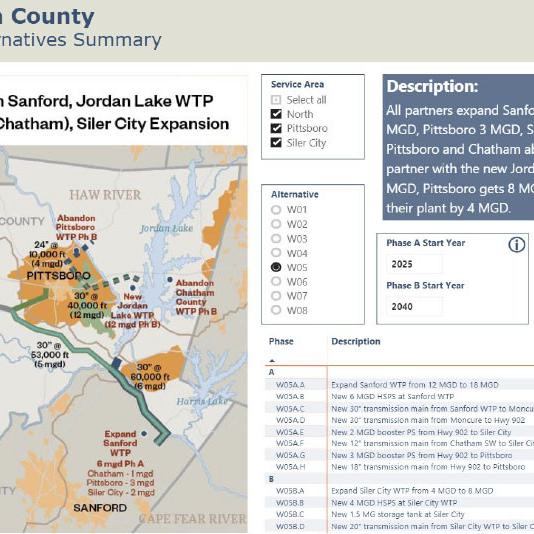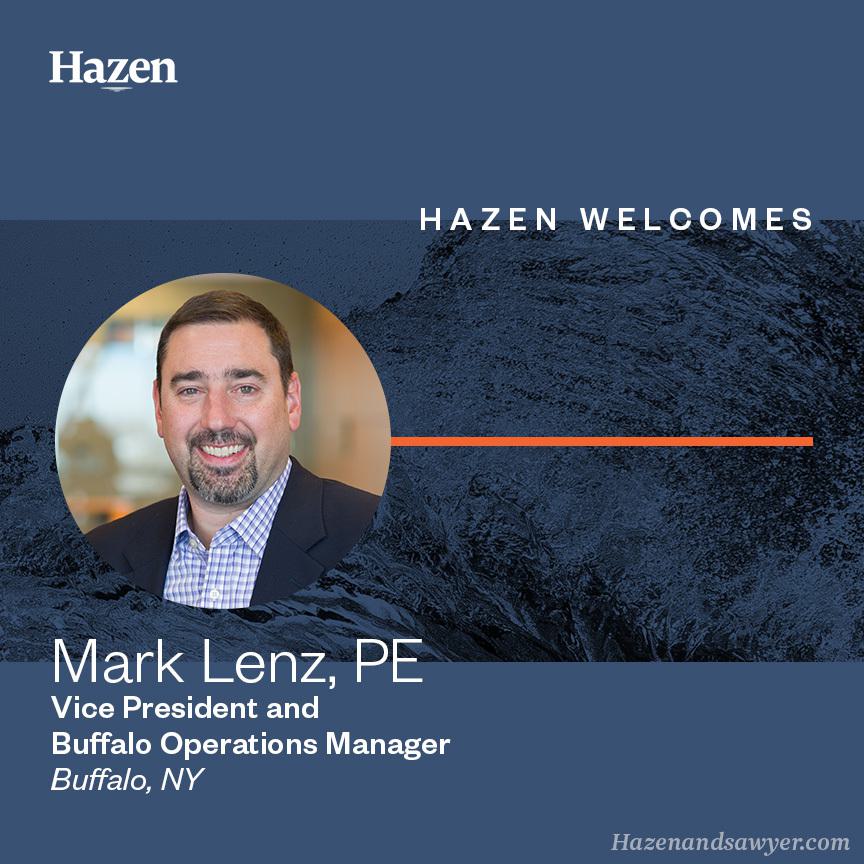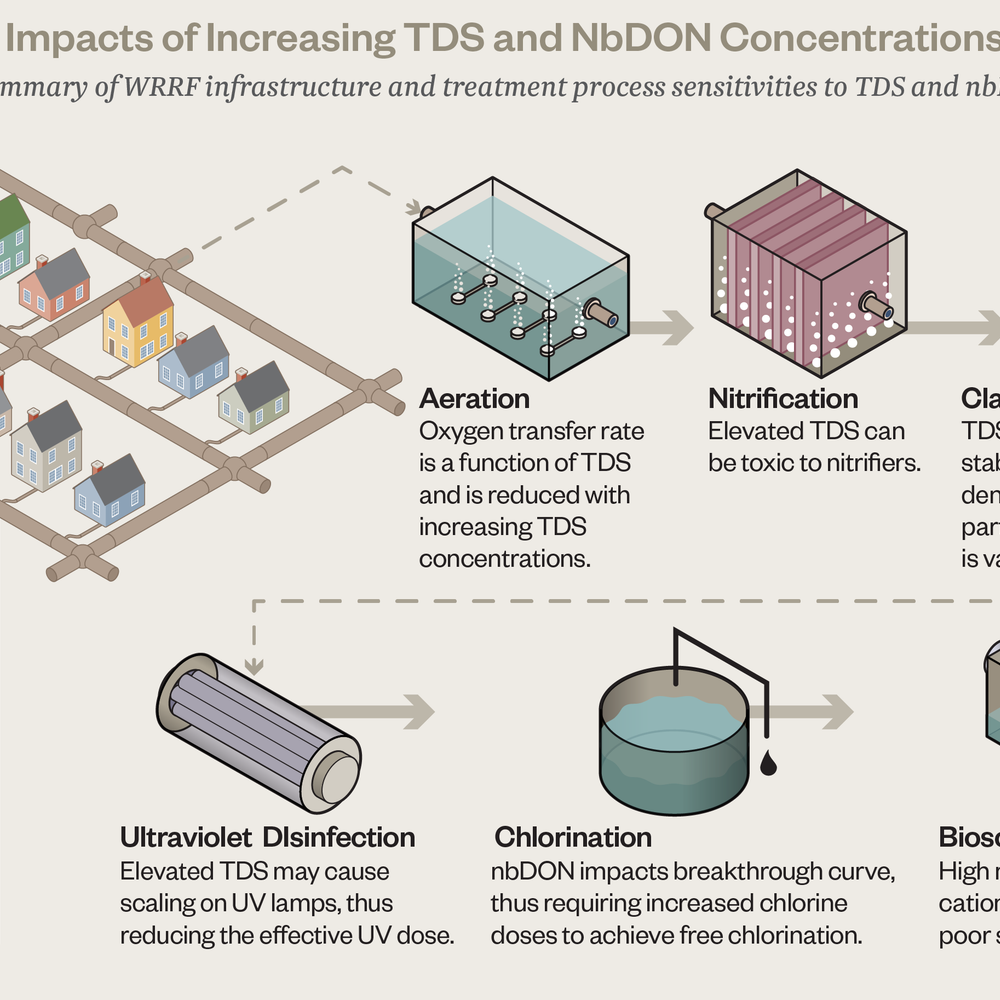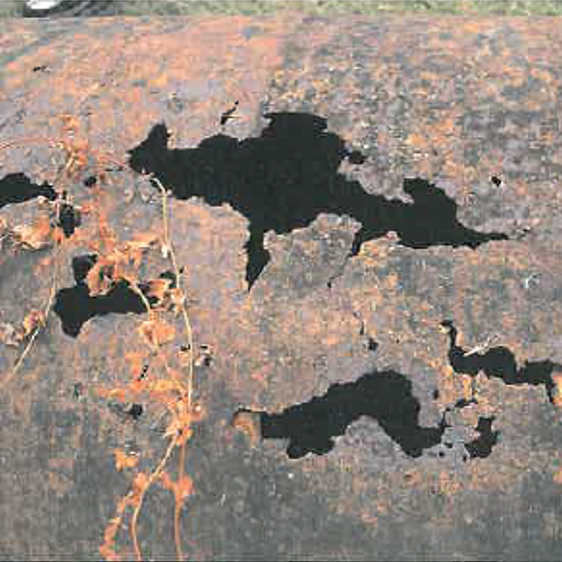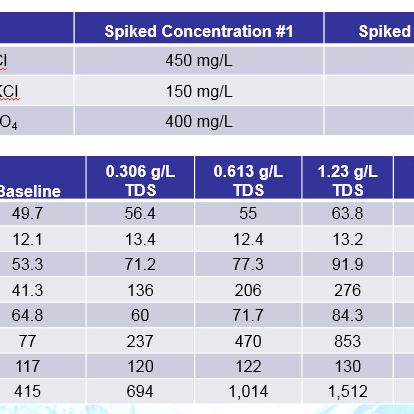Integrated Water and Sewer Master Plan for Quito, Ecuador
The Capital City of Quito, Ecuador, is considered a World Cultural Heritage Site for its treasures of colonial churches, paintings, sculptures, and carvings. The history of Quito stretches far beyond the arrival of the Spaniards in 1534, as confirmed by a recent discovery of archeological sites that date back to 1500 B.C.
Planning for the Future
Quito has a combined sewer system which handles both wastewater and stormwater. The sanitary sewer collection system has a total length of approximately 450 kilometers, ranging in size from 600 mm to 2,700 mm.
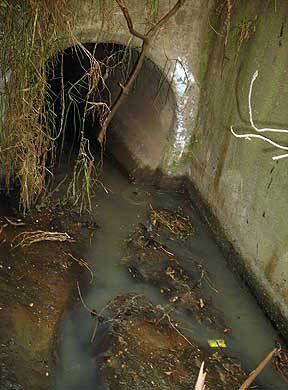
Quito is nestled within the Andes mountain range, extending along the Eastern side of the Pichincha volcano in a narrow valley located around 2700 meters above sea level. The city is long and thin, with an approximate length of approximately 35 kilometers and a width of 3-5 kilometers.


The geographical conditions of the zone give place to a number of ecosystems; thus Quito’s surrounding areas offer a diversity of amazing landscapes, each with unique flora and fauna. Several other volcanoes are also part of the landscape of Quito’s surroundings.
The area’s unique geography offers challenges and opportunities for the provision of water and wastewater services to a population of close to 2 million inhabitants settled in the urban and surrounding areas of Quito (Metropolitan District of Quito - DMQ). The population in the DMQ is expected to grow to 4 million by the year 2040.
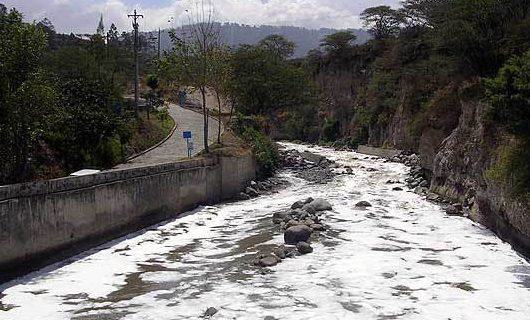

The alternatives developed in the master plan seek to utilize owner capital efficiently through the optimization of existing water and wastewater infrastructure.
The existing water supply system has an installed capacity of 9.65 m3/s through an elaborate system of water intakes, transmission lines, 10 treatment plants, and a 2,080-kilometer distribution network that includes 180 reservoirs and an equal number of pressure zones. The sewer system is of a combined type, for domestic wastewater and stormwater. The total area drained is approximately 260 square kilometers. The principal network of gravity collectors has a total length of 450 kilometers ranging from 600 mm to 2,700 mm, in addition to 2,850 kilometers of secondary collectors.
Both the water supply and wastewater systems take advantage of the natural topography for gravity water transmission and distribution and to generate hydroelectricity. The existing water treatment plants are facilities that make use of appropriate conventional technologies.
Hazen and Sawyer was selected through international competition by the Empresa Metropolitana de Agua Potable y Alcantarillado de Quito (EMAAP-Q), the local municipal water and sewer company, to update the 1997 Water and Sewage Master Plan for the DMQ. The purpose of the updated master plan is to adjust the water and sewer short, medium, and long-term service development strategy to assist the EMAAP-Q in the operation and planning of its vital services in the DMQ. The study was developed in phases: Phase1: Basic Studies and Diagnosis, Phase2: Development of Alternatives, Phase 3: Master Plan Formulations and Phase 4: Design of Prioritized Works.
Project Outcomes and Benefits
- The updated master plan will adjust the water and sewer short, medium, and long-term service development strategy to assist the EMAAP-Q in the operation and planning of its vital services in the District.
- The study includes four phases - Phase1: Basic Studies and Diagnosis, Phase2: Development of Alternatives, Phase 3: Master Plan Formulations, and Phase 4: Design of Prioritized Works.






